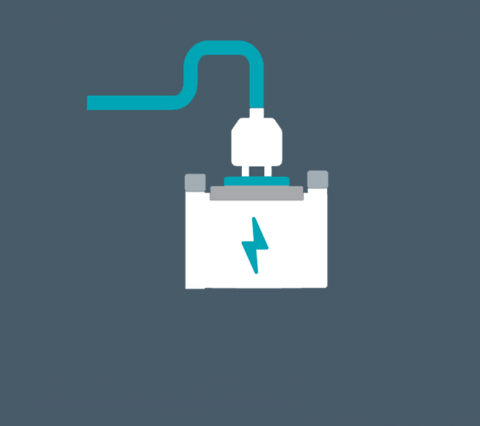Pay a 1/3 now, 1/3 in 2025 and 1/3 in 2026 at 0% interest*


Globally, Ford plans to invest more than $30 billion cumulatively through 2025 to electrify our vehicles, making big changes so the company can be carbon neutral by 2050. In New Zealand, we plan to introduce some exciting electrified vehicles, while equipping and training many of our dealers in readiness for the first vehicles to arrive. Currently, we also have the Ford Transit PHEV available in New Zealand, and the full electric e-Transit EV arriving in 2022.
Starting Price $43,490+ORC1

Starting Price RRP from $ 62,990 +ORC1

Starting Price RRP from $ 51,990 +ORC1

Starting Price RRP from $36,990 +ORC1

The days when your only options were just a petrol or diesel engine are gone forever. Now, with Hybrid, Plug-in Hybrid and All-Electric Vehicles, you’re spoiled for choice. Understanding all of that new technology can sometimes be a bit confusing. But with the right information, the power is in your hands.
If you’re considering making the switch to an electrified vehicle, then it’s important you understand the differences between them. Once you understand what makes them different, it’s easier to see which vehicle will fit your lifestyle best. Learn more about Hybrid, Plug-in Hybrid and All-Electric Vehicles below.
A seamless blend of conventional and electric power. Hybrid vehicles have two sources of power. They can automatically switch between conventional mode, pure electric mode (for short distances) or use both to power the vehicle as needed.

Plug In. Charge up. Improve Efficiency. Plug-in Hybrids have the two sources of power like a hybrid, but with a larger high voltage battery, enabling you to drive longer distances on all-electric power.

100% Electric. Just charge it up and go. All-Electric cars are powered by electricity alone. This means they have to be charged before you can drive.

Learn about how the battery on each type of electric vehicle can be charged by exploring the sections below.
All four electric vehicle types use regenerative braking to charge the battery. While braking, the motor is still spinning even though the car is trying to slow down. Regenerative braking captures this typically wasted energy to create electricity, which charges the battery

There's no need to plug in your vehicle for charging. Hybrid vehicles are able to recharge the battery in two ways: 1. Regenerative braking & 2. Conventional engine. The conventional engine powers the generator which transforms mechanical energy into electrical energy to charge the battery

The larger battery in Plug-in Hybrids can be plugged-in to charge. Once the battery is depleted, the vehicle behaves like a conventional hybrid with the engine running when required.

All-Electric vehicles are powered by electricity alone and don't have a petrol engine. They must be plugged in to charge the battery.

All Recommended Retail Prices (RRP) and Recommended Special Prices (RSP) include GST. Prices exclude any dealer on-road and fitting costs. Please see your authorised Ford Dealer for full pricing details.















